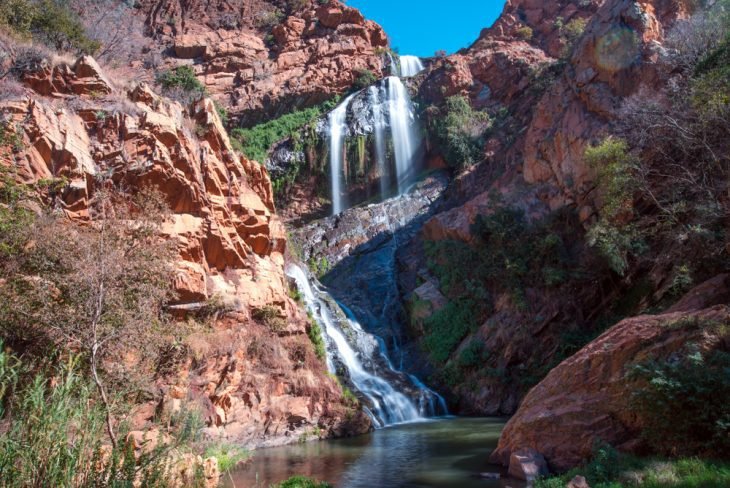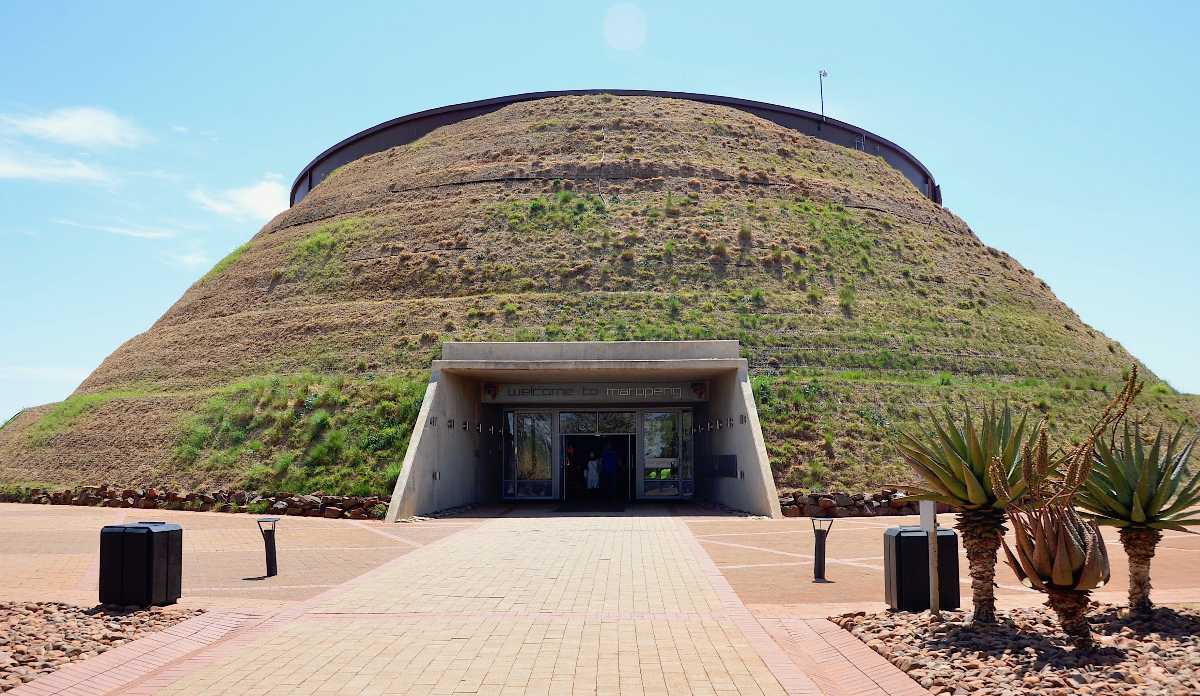Get This Report on Johannesburg North Attractions
Get This Report on Johannesburg North Attractions
Blog Article
How Johannesburg North Attractions can Save You Time, Stress, and Money.
Table of ContentsJohannesburg North Attractions - TruthsJohannesburg North Attractions Fundamentals ExplainedThings about Johannesburg North Attractions7 Simple Techniques For Johannesburg North AttractionsHow Johannesburg North Attractions can Save You Time, Stress, and Money.Johannesburg North Attractions Fundamentals Explained
The city expanded on the edge of the Witwatersrand Main Reef, a below ground stratum of gold-bearing quartz-silica empire that arcs for hundreds of miles under the Highveld - Johannesburg North attractions. Most of the gold mines in the city stopped operation in the 1970s, but in its day the Witwatersrand gold sector accounted for even more than 40 percent of the globe's annual gold production.Johannesburg has a pleasant climate. Summer season temperature levels average concerning 75 F (24 C); winter season temperature levels average concerning 55 F (13 C) and just periodically dip below cold. The city appreciates concerning 8 hours of sunlight daily in both winter and summer season. Rain averages regarding 28 inches (700 millimetres) per year, but the complete differs considerably from year to year.
What rainfall the city receives drops almost solely in the summertime, commonly in incredible late-afternoon electric storms. Air contamination positions a significant problem, specifically in the cold weather, when thermal inversions restrain the westward circulation of air from the Indian Ocean. Air pollution is most severe in the largely settled Black territories on the city's periphery, where lots of residents still rely upon coal for fuel.

Johannesburg North Attractions - Truths
The balance of the city is occupied by whites. Holiday accommodation differs in character and top quality. Soweto is well-known for its unlimited rows of municipally constructed, two-room matchbox homes, yet it also has a couple of flourishing enclaves in addition to bursting squatter camps, where tens of thousands live without water, electrical energy, or sanitation facilities.
Physical development, although rather restricted by transportation, continued promptly as immigration to South Africa, and Johannesburg in particular, enhanced considerably.
Many bad suburban areas were blended, with poor blacks and whites cohabiting, although the affluent suburban areas were generally reserved for check over here whites. This transformed with the election of the National Event in the 1948 political elections, that began to formalise the system known as discrimination. Discrimination formally designated which residential areas each race could stay in under the Group Areas Act.
The approximated population of the area is 200,000, [] The number of individuals living in the internal city on a casual basis is unidentified, as many are unlawful immigrants. Most higher-income locals and white individuals have relocated to the north suburban areas and have actually been replaced by lower-income black individuals. The unemployment, education and learning, and age profiles of the location are all unknown, because of the trouble of acquiring trustworthy information regarding the location.
The 10-Second Trick For Johannesburg North Attractions
Centred on the CBD, the area consists of the residential areas of Yeoville, Bellevue, Troyeville, Jeppestown, and Berea to the eastern. To the west it spreads to Pageview (Johannesburg North attractions) and Fordsburg. There are small industrial parks to the south, such as City West-Denver and Benrose. Around 800,000 travelers pass via the internal city on a daily basis, and it operates as a local purchasing node for site visitors from the southern suburbs. Yeoville and Bellevue have a mix of house buildings and single domestic units on tiny great deals. The area is situated on a hilly divide that runs from east to west.

A Biased View of Johannesburg North Attractions
R. Tambo International Flight Terminal). The eastern suburban areas are a few of the earliest locations of Johannesburg, there are large neighborhoods of Jewish and other European backgrounds, most of the population is English talking. There are 3 fairway in addition to a variety of protected ridges with viewsites. There are a number of well-developed and up-market amusement and purchasing locations in the eastern such as the Eastgate Mall and the Greenstone mall.
Originally constructed to house male migrant workers, lots of have actually been improved as homes for pairs and family members. The residential area was not historically permitted to develop work centres within the area, so nearly all of its residents are commuters to other components of the city.
3 Simple Techniques For Johannesburg North Attractions
The N1 Western Bypass attaches the north right here residential areas with the north-western suburban areas. The suburbs in the northern residential areas are mainly formal, with no considerable areas of casual housing, or housing that lacks a permanent structure. This is a well established area, there is a trend of land use adjustment from household to business, specifically along primary arterial roads and around well-known nodes.
The area is well attached to road networks, specifically along the north-south axis formed by the M1 and N1. Roadways to the east and west are much less well developed, as there are no highways travelling because direction. In the direction of the north boundary of the city, the thickness of growth decreases, leaving huge areas of untaught land around Midrand.
8 Easy Facts About Johannesburg North Attractions Shown
, which is situated on a hill learn the facts here now overlooking the inner city and Hillbrow.
Report this page